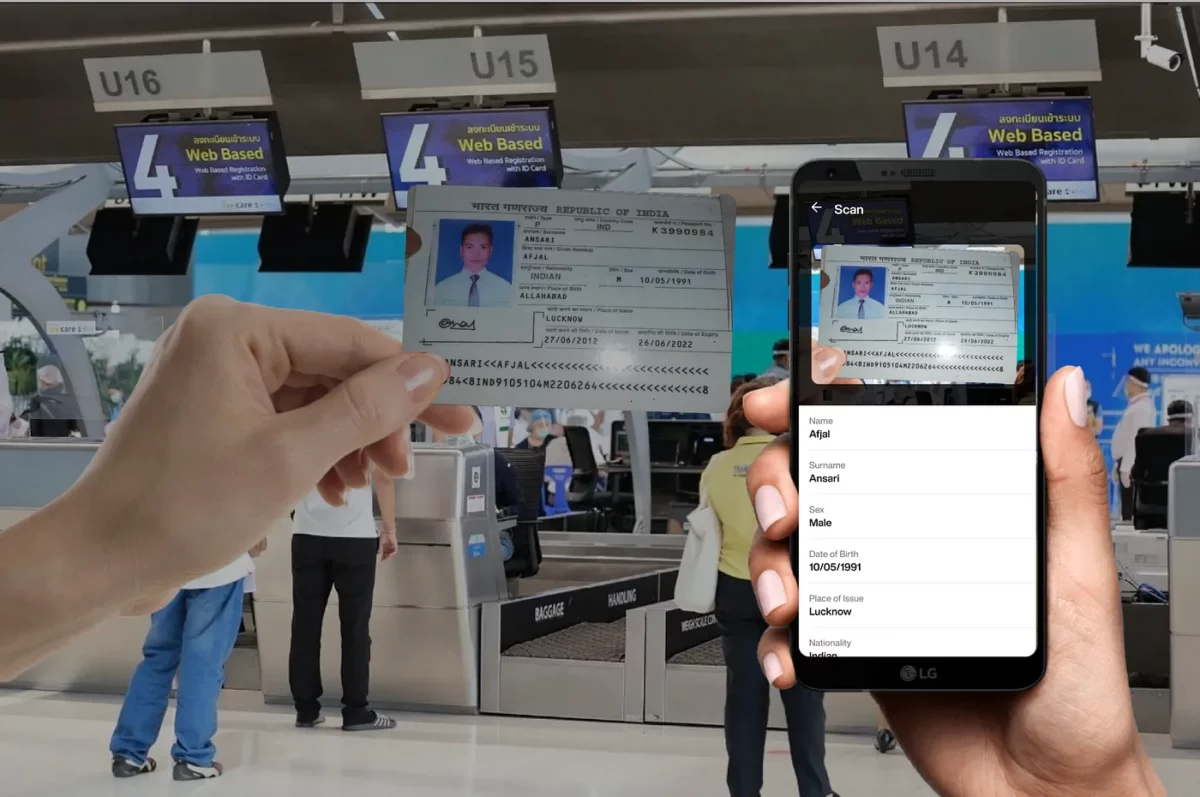Scanning technology is widely used in the airline industry for digitizing and automating various processes involving boarding passes, baggage tags, and other documents required in air travel. Airlines can improve the accuracy, speed, and efficiency of these processes by using scanning technology, lowering the risk of human error and improving the passenger experience.
At the time of security checkpoints, boarding pass scanning is used to retrieve passenger information and validate boarding passes. The scanning of baggage tags is used to track baggage and ensure that it is loaded onto the correct flight. Airlines can access and analyze data in real time by digitizing these processes, which can help to improve operational efficiency and the passenger experience.
Passport Scanning
Passport scanning is the process of digitizing the information contained in a passport by capturing its image and extracting the relevant information. Scanflow captures text from passports from any smart device with a camera. The extracted information is used for identity verification, border control, or other purposes. The accuracy and speed of passport scanning can greatly improve the efficiency of passport processing and reduce the risk of human error.
Boarding Pass Scanning

Boarding pass scanning is the process of scanning the barcode or QR code on a boarding pass to retrieve passenger information and validate the boarding pass. This process is typically done at airport security checkpoints and gate areas to ensure that the passenger is authorized to board the flight and to keep track of boarding information. Scanflow captures barcodes or QR codes from boarding passes of passengers to access information, such as flight details or passenger upgrades. The information collected from boarding pass scanning can be used to improve the boarding process and enhance the overall passenger experience.
Scanflow intelligent data capture enables the airline industry to digitize and automate various processes related to passenger check-in, scanning boarding passes, baggage tags, and other air travel documents. Scanflow improves the accuracy, speed, and efficiency of these processes by lowering the risk of human error and improving the passenger experience. Scanflow can be integrated into a variety of devices to provide airlines with a flexible and scalable solution.


